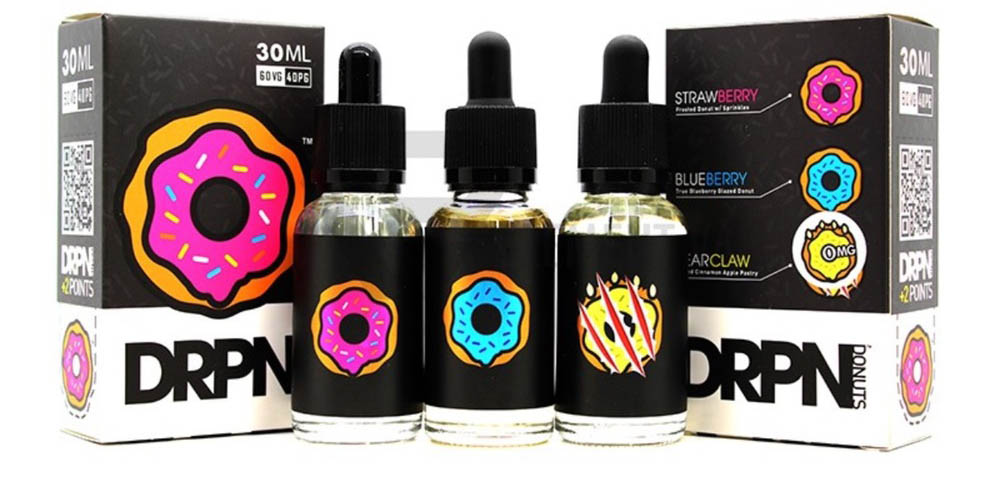Youth access to vaping products up in smoke as per new Health Canada regulations
 CREDIT: E-LIQUIDVAPESHOP.COM
CREDIT: E-LIQUIDVAPESHOP.COM"Strawberry, blueberry, and bearclaw" - The new Tobacco and Vaping Products Act will prohibit bright packaging and sweet flavoured vape juices like those above.
Health Canada has introduced a legislation to deter youth from accessing vaping products.
As an amendment to the former Tobacco Act, the new Tobacco and Vaping Products Act now includes vapour-based products as a separate class to be regulated.
“The new federal regime would regulate the manufacture, sale, labelling and promotion of vaping products and would include provisions such as restricting sales to youth, restricting certain flavours, like candy, that appeal to youth,” according to a Nov. 22 Health Canada statement.
Citing a statistical raise in the use of vapour-based products amid youth aged 15-19 from 20 per cent to 26 per cent since 2013, the statement went on to explain the act is a part of the federal government’s vision for a healthy Canada strategy, and a key element of the overall tobacco control strategy, the statement said.
The act will ban the sale and promotion of all vapour-based products to those under the age of 18, and attach regulatory health warnings similar to those seen on cigarette packs. A related national modification also saw the banning of menthol flavouring in cigarettes, blunt wraps and most cigars according to the statement.
In the statement, the new legislation emphasizes replacing bright, attractive brands and logos with plain packaging to make the products less enticing to youth, on the grounds that vaping is a potential gateway to traditional cigarettes. The act aims to protect youth from the risks related to smoking and ingesting harmful vapour by-product.
“The introduction of this important legislation is the next step in the government’s work to protect young Canadians from nicotine addiction and tobacco use. At the same time, it introduces an approach to vaping products that considers their potential benefits to smokers,” Jane Philpott, Minister of Health said in the statement.
Some Fanshawe students using nicotine products agreed that while the legislation will help raise awareness of the risks related to vaping, it may not be entirely successful in preventing youth from taking the habit up.
“Smoking and by extension vaping are very much social things. Putting the legal age at 18 won’t stop it by any means, but it will cut down on the number of how many kids are doing it,” Aidan McKendrick, a student of media theory and production program (MTP) and who has been smoking on and off since high school said.
One student of the child and youth care program wishing to remain anonymous recently conducted a study on the use of e-cigarettes amid young adults.
“No one knows what’s in them and they do it because they think it’s cool,” she said of her findings. “But people used to think smoking was good for them too, before they knew the facts. Young adults definitely need more information.”
According to information provided on the website Leave the Pack Behind, a smoking cessation advocacy group, the vapour released from heating cartridges contains toxic compounds and carcinogens also found in cigarette smoke.
Since they have only recently been placed on the market, the long-term effects of vaping products are unknown.
Before the legislation was drawn, the packaging of vapour-based products typically excluded ingredient labels or warning information.
Representatives of Fanshawe College’s smoking cessation program were unavailable for comment.
















